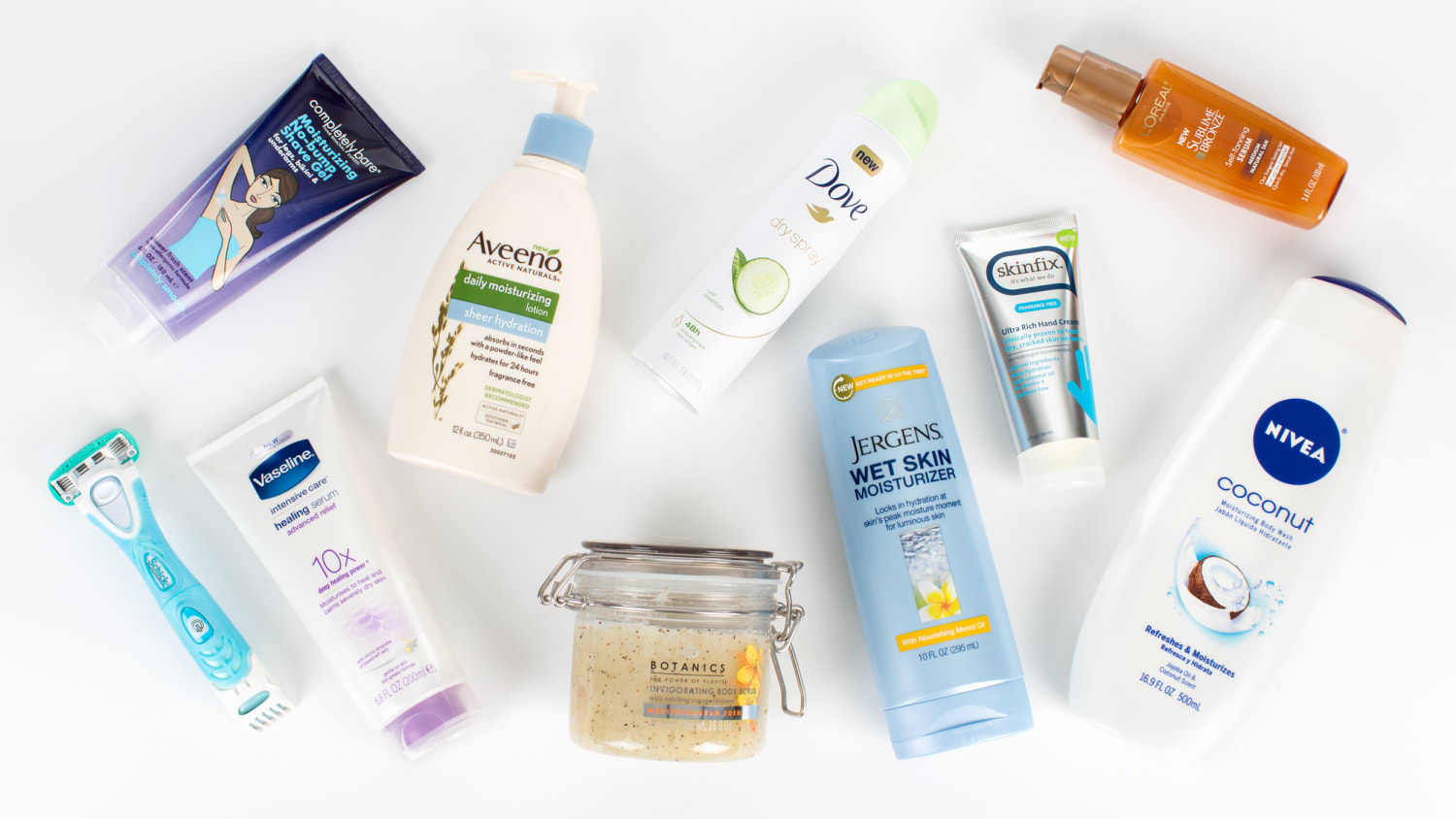Women desire to have beautiful glowing skin. Actually, these days’ men also work hard to keep their skin looking its best. It has been proven that we are hardwired to be attracted to people with a glowing complexion and clear skin. We do it and our ancestors did it. Why is that? It’s because this represents good health and in ancient time this would actually translate to longevity.
Aging beautifully in the past certainly looked different than it does today, but the end result was the same – looking your best and aging beautifully. Let’s get started looking at the various types of skin care that are available to you. These are healthy options that can keep you as beautiful today as you were yesterday.
Shea Butter Skin Care
Often Shea Butter is referred to as Karite. Shea Butter comes from the Shea Nut Tree, which is found in the western region of Africa. The Shea Nut Tree fruit has a nut inside it. This nut is crushed, dried, and then ground. The powder is then boiled so t which allows a green substance to be released. This substance rises to the top and when it solidifies, you have what we call Shea Butter, which is a very popular skin care treatment.
The use of Shea Butter isn’t new. For centuries, African women have been moisturizing their skin and protecting it from the sun and wind using Shea Butter.
Shea butter has some unique qualities. It is these qualities that give it so beneficial to the skin. It is high in fat, Vitamin E, Vitamin A and Vitamin F. All of these help to enhance cell generation and capillary circulation in your skin, while at the same time providing superior moisturizing.
You can see why Shea butter has been such a popular choice for so long. Shea Butter extraordinary qualities mean it is chosen to be an ingredient in many of the products we have available to us today. You can also buy pure Shea Butter. This is your best option, because if you choose products with other ingredients you are going to want to make sure that these other ingredients are natural and that the product is chemical free. Pure Shea Butter is really the best way to enjoy the benefits it has to
offer.
Because of the moisturizing and emollient properties of Shea Butter it can penetrate the skin, which is something most products cannot do. You can use Shea butter as your daily moisturizer but it can also be used to treat dry skin, dermatitis, eczema, burns, dark spots and blemishes.
Wait – there’s more - Shea Butter can be used to reduce wrinkles. In fact, many women report that Shea Butter is more effective than some of the most expensive creams on the market. It is also is a natural sunscreen with an equivalent of around an SPF 3 protection.
Research has shown that Shea Butter has medicinal qualities. Its anti-inflammatory qualities and because it contains stigma sterol which is the sterol that is referred to as "the anti-stiffness factor Shea Butter could prove helpful in treating arthritis.
Shea butter has a shelf life of approx. 24 months and you should always store it in a cool place. There is no known toxin associated with Shea Butter, which makes it an excellent choice in skin care.
Jojoba Skin Care
In the Sonora Desert, which is found in Arizona, you will find the Simmondsia Chinensis plant growing. This is where Jojoba comes from. It’s also found growing throughout Mexico. We know the benefits of Jojoba for skin care, but our ancestors used Jojoba for far more, including treating insect bites, burns, stretch marks and many other skin issues.
Jojoba oil isn’t actually an oil – rather it is a botanical extract. It was back in the 1930’s that it was discovered to be 98% pure liquid wax ester, which means it has similar properties to the sebum found in your skin. Sperm whale oil is the only other place this has been found. It is this wax ester that makes Jojoba so desirable.
Jojoba oil is easily absorbed so you don’t have to worry about that annoying oily residue that some products have. If you use Jojoba as your daily moisturizer you will enjoy youthful, silky, soft skin. It has even been an effective acne treatment. Be generous with your Jojoba and use it all over your body. It is also makes an excellent lip balm and make up remover.
If you already have wrinkles, not to worry, because studies have shown that when Jojoba oil is used continuously as a moisturizer, it can actually decrease fine lines and wrinkles by up to 26%. Jojoba is of the most popular ingredients in the cosmetic industry, because it is considered to be high quality. It is used in all kinds of natural moisturizers, and you will also find it in numerous anti aging skin care products. Don’t be surprised if you find Jojoba referred to as a ‘miracle oil.’
Ayurvedic Skin Care
For more than 5000 years women (and some men) have been using Ayurvedic skin care, which is built around medicinal practices, philosophical and psychological practices. The holistic approach of Ayurvedic skin treats all of you, not just your skin – your mind, body, and spirit will all be treated. Ayurvedic skin care has three basic principles called humors:
1. Vata
2. Pitta
3. Kapha
Each is derived from five natural elements, and it will reach deep into the body rather than just touching your skin’s surface with some cream that you put on your face. With Ayurvedic you can keep your skin soft and radiant without spending a fortune.
According to Ayurvedic, the accumulation of Vata in your body will cause your skin to become dry. Vata commonly occurs during the fall and winter months or in cold climates.
You might be surprised to learn that your diet can disturb Vata. When there is too much Vata in your body, your hair tends to be dry and dull, you have brittle nails and you have dry cracked skin. According to Ayurvedic skin care, the secret to aging beautifully is to keep your Vata healthy and balanced. Many of these tips are healthy on their own even if they were not associated to Ayurvedic Vata.
Eat Seeds and Nuts
Add nuts and seed to your diet and watch how it improves the condition of your skin. Eat healthy fats to balance your Vata.
Sip Your Tea
Since Vata is dry and for you to enjoy more youthful skin you need to counteract these qualities. Make sure you stay hydrated. A good way to do this is with warm herbal teas since not only will they hydrate you, they will also warm you.
Eat Plenty of Vegetables
Make sure you are eating lots of vegetables that have high water content as these are easier to digest. They include vegetables like cucumbers, carrots, lettuce, etc. These are Tri-Doshic vegetables, which means they contain Vata, Pita, and Kapha. This makes them perfect for your skin.
Exercise
Exercise stops the accumulation of cold Vata. Choose exercises that will provide you with energy rather than draining you. These days we are far less active than our ancestors were and there is no question it has a negative effect on our overall health and your youthful vitality. In other words, if you aren’t exercising, you are going to age faster.
Just Breathe
You’ve likely had someone tell you ‘just breathe’ when you are facing an insurmountable problem. When you are dealing with higher than normal levels of emotional stress it will aggravate Vata and it will suck your vital juices right out of your skin, which will cause you to become dehydrated and look old. Participate in Yogic breathing and meditation to reduce your stress.
How to do Yogic Breathing
1. Start by lying on your back
2. Place one palm on your belly, and the other on your chest.
3. Inhale deep into your belly and then inhale into your ribs to expand your rib cage.
4. Let the air completely fill your lungs.
5. Keep track of your breathing in and out.
6. Let the air move in the opposite order you inhale.
7. Repeat for 5-10 minutes to calmyou .
Get Enough Sleep
If you aggravate your Vata you will become restless and then you will find you have problems sleeping properly. Insomnia sets in and your skin suffers as a result of it. You begin to age much faster.
Ayurvedic doctors say that if your desire is to have healthy, glowing, youthful skin you must get a minimum of seven hours sleep.
Honey Skin Care
Honey has long been used to treat wounds and as part of skin care. Honey is extremely powerful and it is a natural antioxidant and anti-microbial. Honey can protect your skin from the dangers of UV rays and it can rejuvenate the skin. It’s why honey is so popular in natural beauty cosmetics.
Honey is humectants. This means it will draw and bind water in the air to your skin. If you want to
give your skin an incredible treat, try a honey mask.
1. Apply honey evenly to your slightly damp skin.
2. Leave it on for anywhere from one hour.
3. Gently wash off with warm water.
This will hydrate and soften your skin. If your skin is super dry, feel free to use it daily. Honey also makes an excellent cleanser. All you need is a drop of honey and mix it with water in the palm of your hand and then cleanse your face like you normally would and rinse. Honey is an excellent choice for skin care that will help you maintain your youthfulness with healthy, glowing skin.
Aloe Vera Skin Care
Aloe has been used for many, many years - generation’s back, to treat burns and wounds. It has self healing qualities, which means when the plant is torn it will automatically shrink the wound and create a watertight seal.
Aloe Vera is close to the PH of your skin so it works with any skin type. It will improve the fibroblast cells in your skin that which produce collagen and elastin. The more fiber your skin has, the more youthful you are going to look.
Aloe Vera can open your skin’s pores so that they are able to do a better job of receiving nutrients. If your skin is dehydrated it is going to be dry and flaky and this can happen at any age. Aloe can help to prevent dehydration.
Aloe also has tons of antioxidants that fight free radicals, which are responsible for the aging of your
skin.
Summary of Skin Care
That was easy, wasn’t it? Each of these skin care ingredients can be found stand alone or in combination with other ingredients. Always read the labels carefully. Now it’s time to move on and help you learn how to determine your skin type. Are you ready?
Related post may you concern:





















